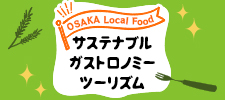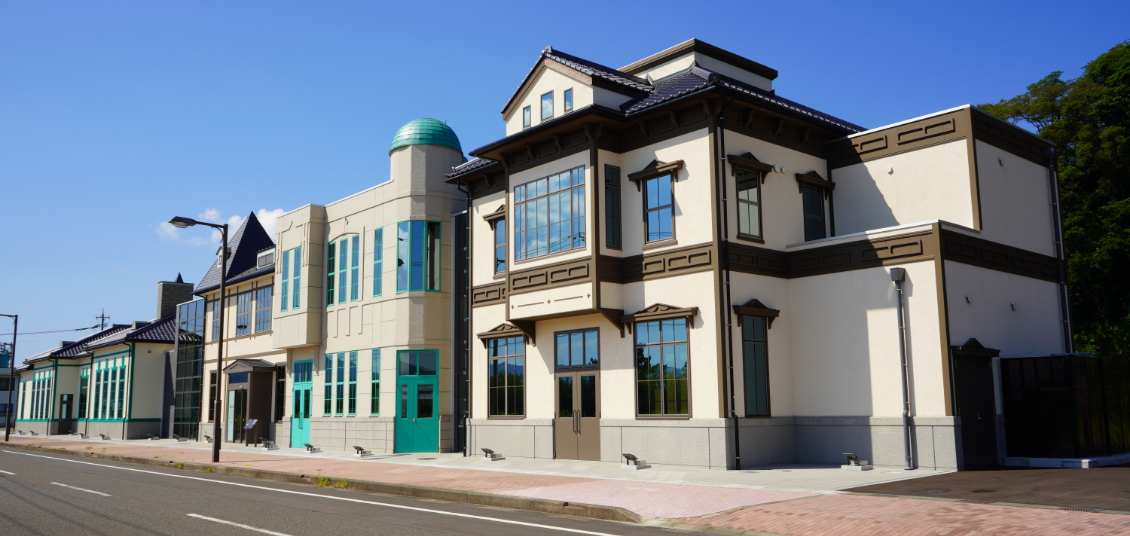DAY1 START!
Access to Fukui
JR
Osaka
Station
JR Express About90minutes
JR
Tsuruga
Station

Kehi Jingu Shrine
An old shrine said to be established in 702, known also as ”Ichinomiya (chief shrine) of Echizen” and “Sochinju (the shrine that protects the whole area) of Hokuriku-do (one of the seven circuits of ancient Japan).” The large torii gate with the height of about 11 meters, designated as a national important cultural property, is one of the three major large-scale wooden torii gates in Japan, along with the gate of Kasugataisha Shrine and Itsukushima Shrine. The moon viewed from here is certified as one of “Japan 100 Moons.” It is so beautiful that a poet, Matsuo Basho, wrote a haiku poem about it long ago.

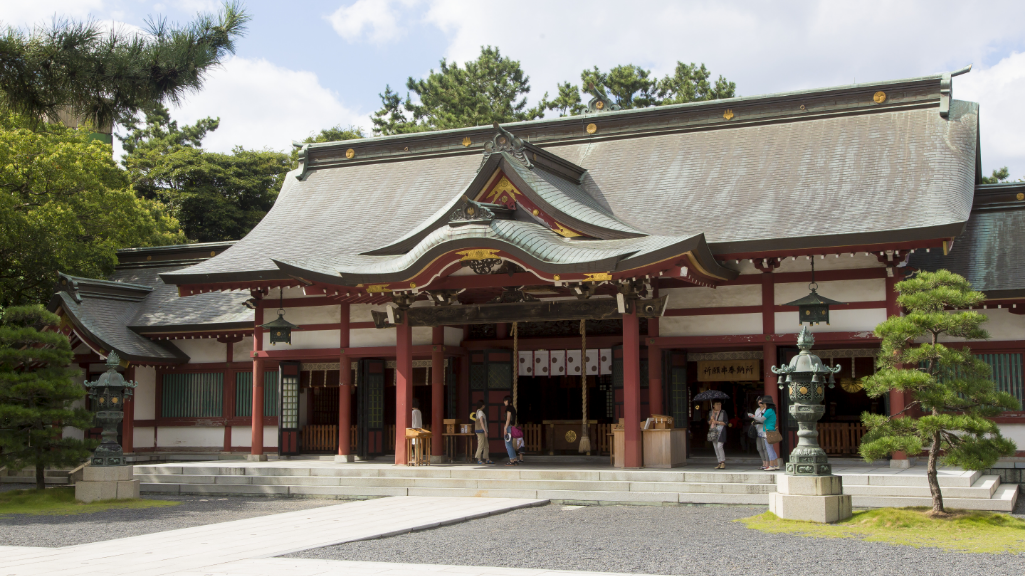
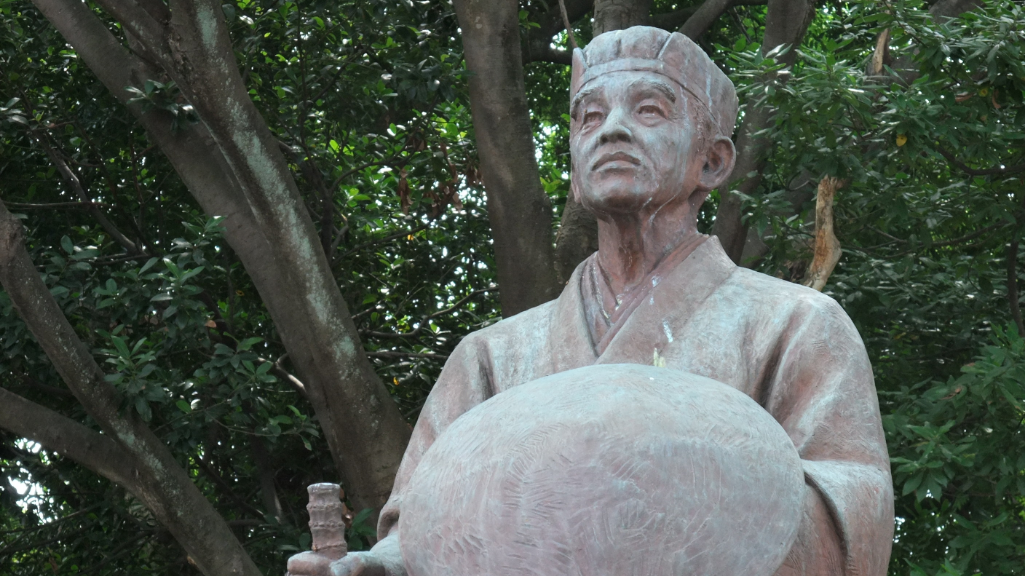
3minutes Walk
Kombu Kelp Shaving Experience
Tsuruga City is one of the leading kombu kelp processing regions. The production volume of hand-shaved kelp in this city accounts for 85% of the market. The kombu is aged for several years in a storehouse used exclusively for that purpose. When the smell of kombu and the ocean dies down and the flavor enhances, it is called Kuragakoi kombu. It is used nationwide, including high-end Japanese restaurants in Kyoto and Daihonzan Eiheiji Temple. The facility offers guided tours around the kombu storage and kombu shaving demonstration as well as hands-on experience.
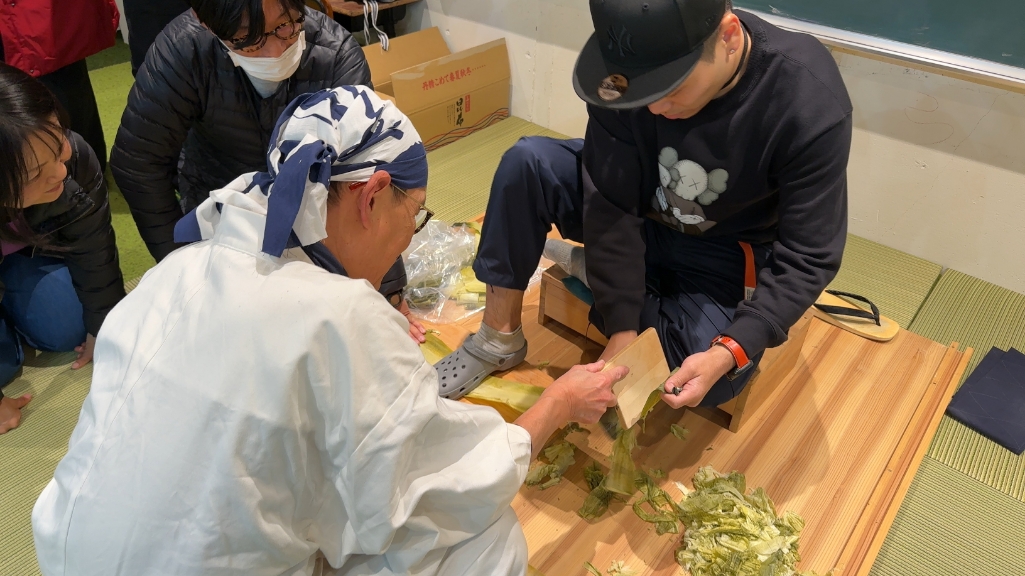


5minutes by Car
Port of Humanity Tsuruga Museum
Tsuruga, an international port that flourished as a transportation hub to and from Europe from Meiji to Showa eras (1868-1989), is the only port in Japan that accepted Polish orphans in 1920s and Jewish refugees carrying a “visa for life” issued by Chiune Sugihara in 1940s. With a focus on the historical facts about the people who landed at Tsuruga after overcoming numerous sufferings, the museum features testimonies and anecdotes gathered from the residents of Tsuruga from back in the day as well as the continuing, heartwarming interactions between the newcomers and the people who were involved, allowing you to discover the importance of life and the preciousness of peace.



12minutes by Car
Nihonkai Sakanamachi Seafood Market
A large scale seafood market lined with about 60 shops, including those offering fresh seafood arrived directly from Tsuruga Port and processed seafood products, specialty shops selling kombu kelp, delicacies, and famous confection, restaurants specialized in seafood bowls, sushi, grilled mackerel, and local specialties, and more. It's a very lively market that retains the atmosphere of the good old times, filled with voices of high-spirited vendors.



40minutes by Car
Echizen Washi Village
Among numerous Japanese paper production regions in Japan, Echizen boasts its long history of 1,500 years, the highest quality, and the highest crafting skills. Echizen washi paper is designated as a Traditional Craft by the Ministry of Economy, Trade and Industry, which was used for “Dajokansatsu,” the first national paper currency, and has been supported by many artists, including Yokoyama Taikan. Here, you can learn about the cultures of Echizen washi paper by experiencing washi paper making and observing a demonstration of washi making by certified traditional craftsmen.


17minutes by Car
Lapause Kawada
An accommodation facility surrounded by lush nature where you can relish the blessings of the mountains, village, and sea of Fukui. It’s one of the few facilities in Japan that offers two types of hot springs. One makes the skin smooth and the other is said to be effective in inhibiting the development of arteriosclerosis. The place also offers soba noodle making and bread baking classes for you to enjoy.





